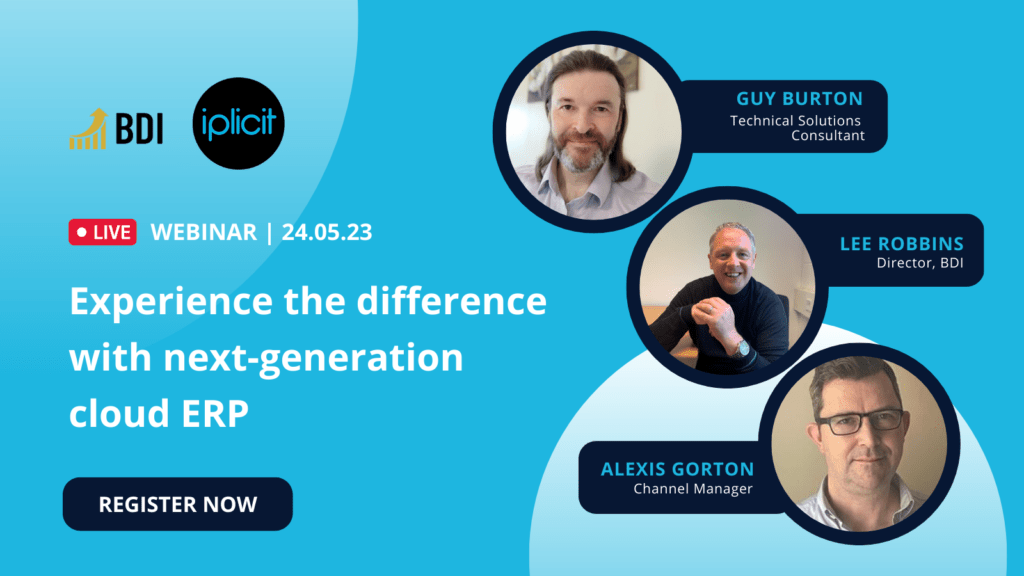Data visualisation is the practice of graphically representing data in a format designed to translate the raw information into meaningful results that can be better understood by the viewer. Components such as customisability and interactivity, data visualisation manifests in a variety of ways; most will imagine different types of graphs and charts, constructed with bright primary colours accompanied by an array of numbers, although there is much more to it than that! In modern data visualisation design elements such as interactivity are key to expressing information.
The primary purpose of data visualisation is to translate and decipher data in its raw and often near-unintelligible form and create an enhanced utility from said data. Crafting with great attention at this stage of the process, the greater the efficacy of the final result.
Join the BDI mailing list
Keep up to date with the latest events, webinars, and product launches from BDI.
Sign UpWhat is the future of data visualisation?
The tech industry relies constantly on perpetual innovation to keep progressing. Evolving and restructuring such central elements as data visualisation is a prerequisite to progression. Improving data visualisation with interactivity is a emerging trend and therefore an important part of the design process. Interactivity is a tried and tested, effective and popular concept that allows users to selectively navigate data in a variety of ways. Listed below are some examples of interactivity in data visualisation:
- Slider tools to adjust data groups included in the resulting graphic such as dates and time periods.
- Active maps; whereby the user can manipulate a map in order to view data relevant to each location.
- Adjustable charts that allow users to narrow in on pockets of information and conceptually 'zoom in' on them and look at finer details.
Automation is another element of modern design in almost all fields, most especially software-centric industries. Automated data visualisation examples that are familiar to most include; automatically generated charts common in programs such as Microsoft Excel. Using these features users can easily summon cohesive graphic representations of what data the chart has been linked to. Automated technologies are becoming more and more advanced, and the results produced reflect this in their efficacy and depth.
How can you improve data visualisation in your business?
Data visualisation is a crucial practice for creating well-informed operations within businesses of any scale. Another important factor of business intelligence is using appropriate software products to support this. Sysynkt is one such built-for-purpose product.
Sysynkt is an extended finance management system designed with SunSystems in mind for seamless operation in the cloud. Formulated by years of experience, Sysynkt addresses industry needs and resolves this without the need for multiple applications.
In addition to logical and innovative design, Sysynkt offers a multitude of other benefits such as open banking, efficient expenses management, and so much more. To learn more about how Sysynkt could offer a simple solution to your business’s ever-changing needs, join BDI for a series of free webinars exploring Sysynkt’s capabilities. Find access to tickets here: https://bidataintel.com/2021/07/summer-of-sysynkt-fms-webinar/
Ready to start?
Our team of data intelligence experts are ready and waiting to work with your organisation


Comments (1)
Very Helpful blog it is, you also make it amazing and an easy-to-read blog for the readers by adding proper information.It really helped me a lot in the field of Top 30 Data Analyst Interview Questions
Comments are closed.